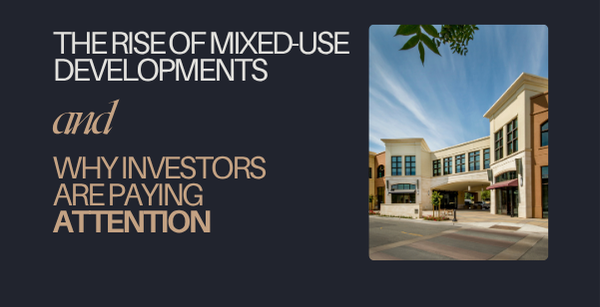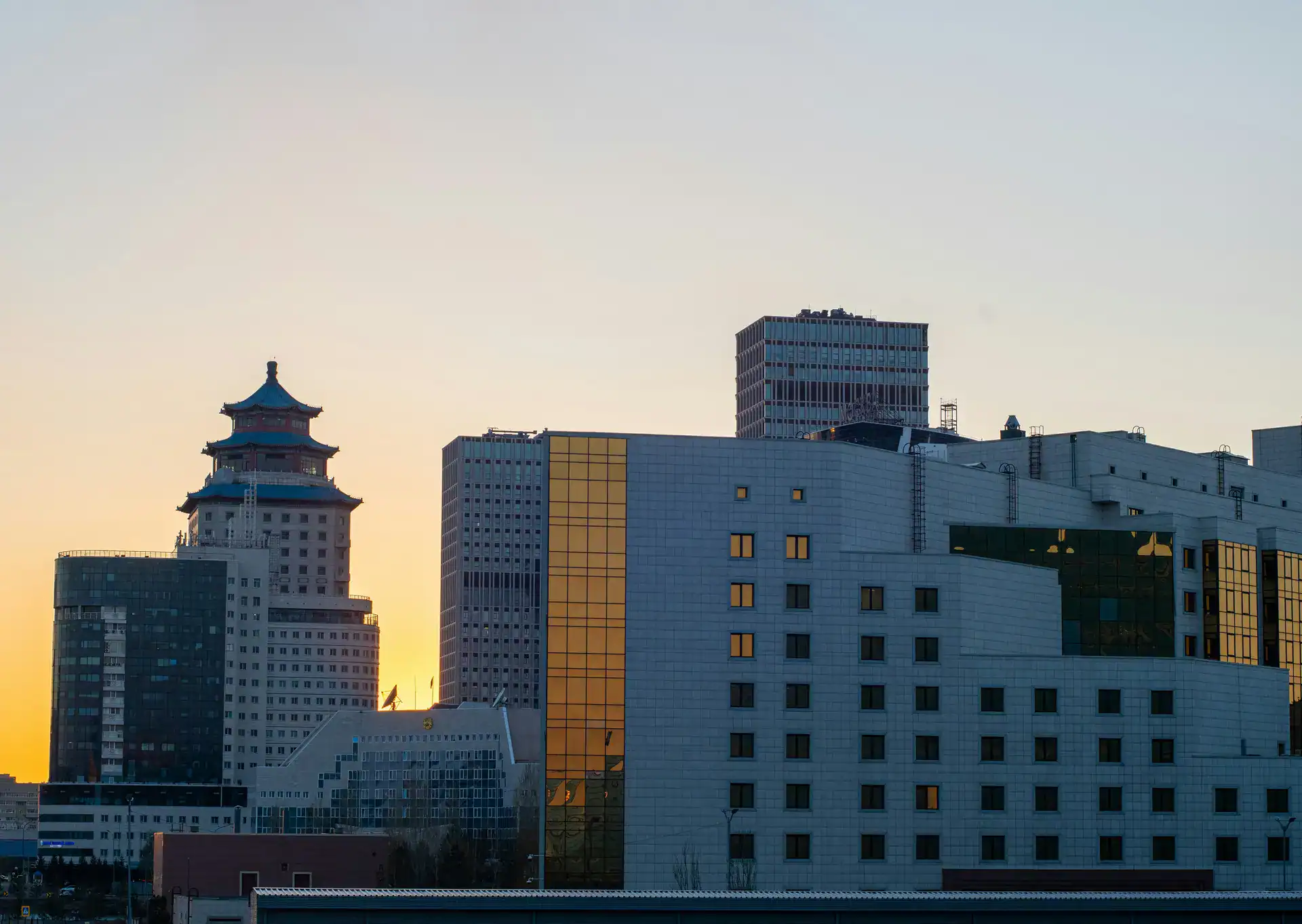The commercial real estate world is evolving faster than ever. Investors and developers are looking beyond traditional single-purpose buildings and embracing mixed-use developments—properties that blend residential, retail, and office spaces within one integrated community. These projects not only create vibrant neighborhoods but also deliver long-term value and stability that appeal to modern investors.
What Are Mixed-Use Developments?
Mixed-use properties combine multiple real estate types in a single project—such as apartments above retail shops, office suites next to restaurants, or live-work units designed for small business owners.
These developments are often located in urban cores or redeveloping districts, encouraging walkability and social interaction. They represent a shift from isolated buildings toward community-focused real estate.
Why Investors Are Drawn to Mixed-Use Assets
Mixed-use projects are becoming highly sought-after for several reasons:
-
Diversified Income Streams – Instead of relying on a single tenant type, owners can collect rent from retail, residential, and office spaces. This lowers risk and smooths out vacancy cycles.
-
Higher Long-Term Value – Properties that serve multiple daily needs attract consistent foot traffic, boosting property values and local business revenue.
-
Resilience During Market Shifts – When one sector slows down (like office demand), others—such as residential or retail—can keep revenue steady.
-
Community Revitalization – Investors who focus on redevelopment zones often find that mixed-use projects qualify for incentives, tax abatements, or TIF funding from local governments.
Kansas City Example: Urban Revitalization in Action
In cities like Kansas City, Missouri, we’ve seen mixed-use success stories around corridors like the Crossroads District, River Market, and Midtown. Developers have transformed older warehouses and vacant lots into thriving spaces where people live, work, and socialize—all within walking distance.
These properties attract a blend of young professionals, small businesses, and local retailers, creating a steady demand that investors love.
What to Consider Before Investing
While the potential is strong, mixed-use investments require strategic planning. Here are key factors to evaluate:
-
Zoning and Permitting: Local municipalities—like Wyandotte County or KCMO—may have specific mixed-use or overlay districts. Early planning and community consultation are crucial.
-
Parking and Access: Since multiple uses share one site, well-designed access, parking, and pedestrian flow determine success.
-
Tenant Mix: A balanced mix of anchor tenants (like grocery or café) and small retailers enhances synergy.
-
Management Complexity: Managing different tenant types requires experience or professional property management.
The Future of Mixed-Use Real Estate
As cities continue growing and remote work evolves, walkable communities are becoming the new norm. Mixed-use developments not only enhance urban living but also deliver financial resilience for investors.
From an investment standpoint, they represent a long-term hold strategy backed by consistent cash flow, appreciation potential, and community engagement—exactly what forward-thinking investors seek in 2025 and beyond.


